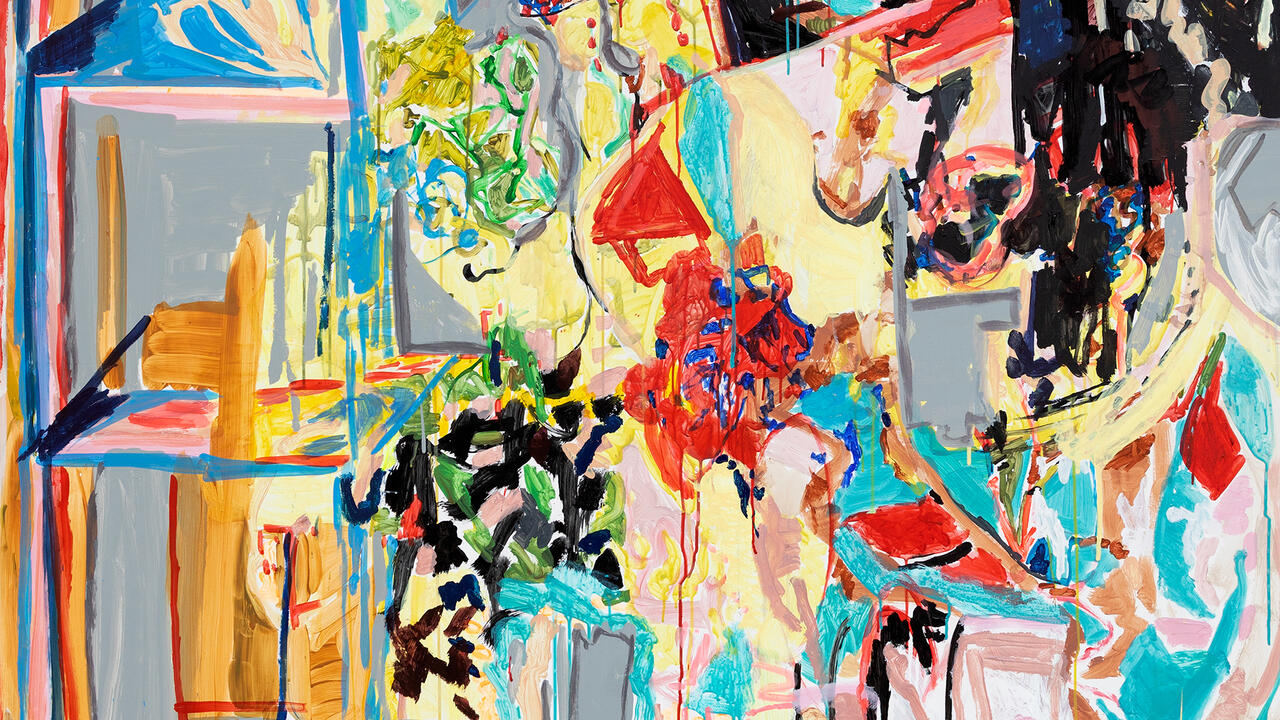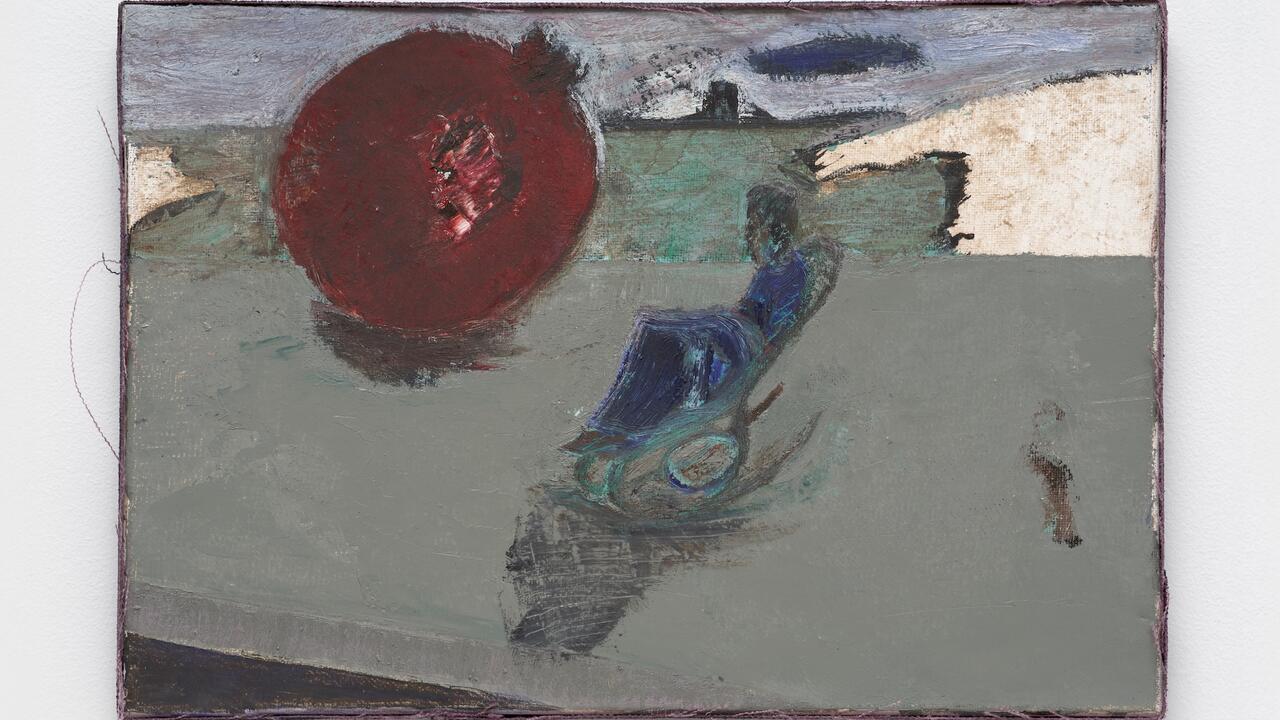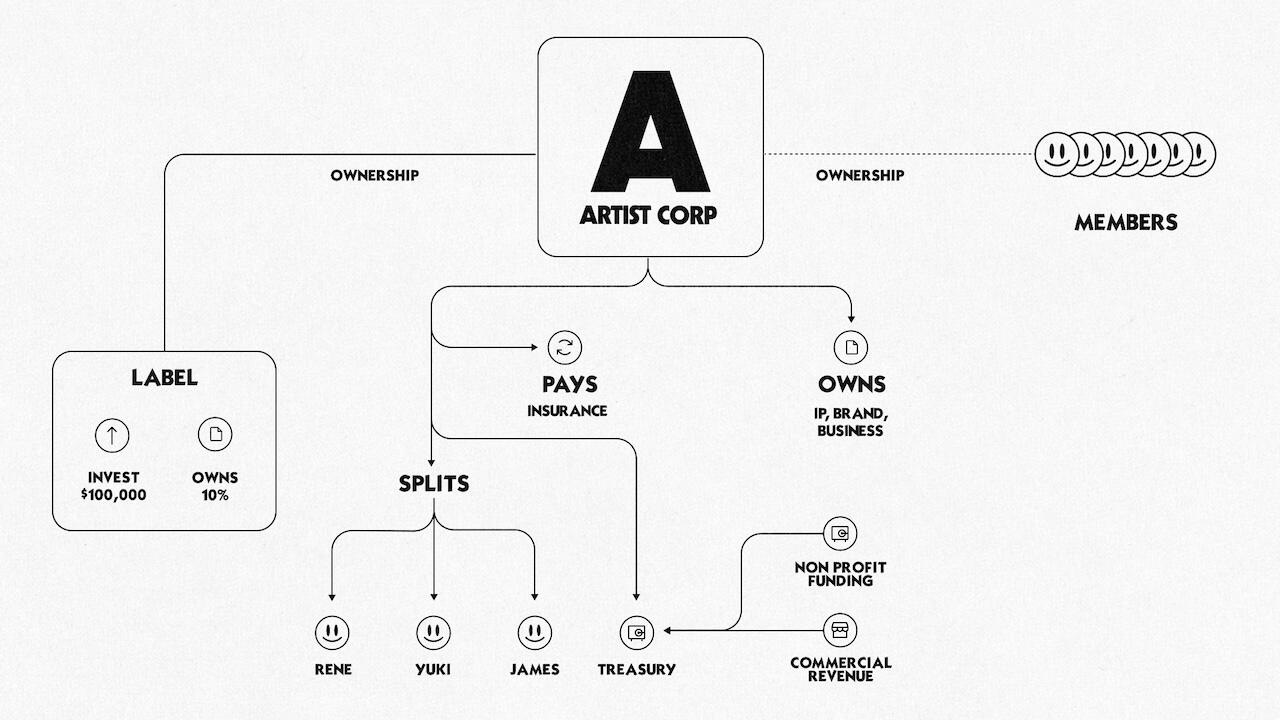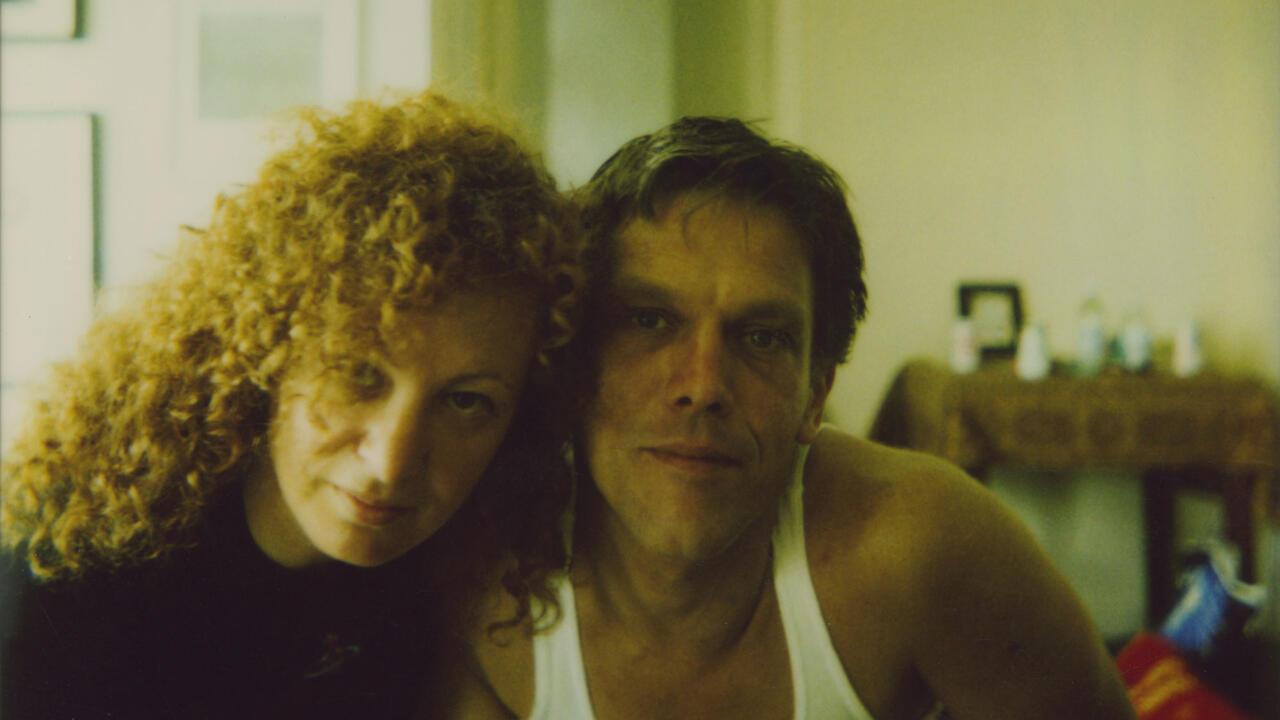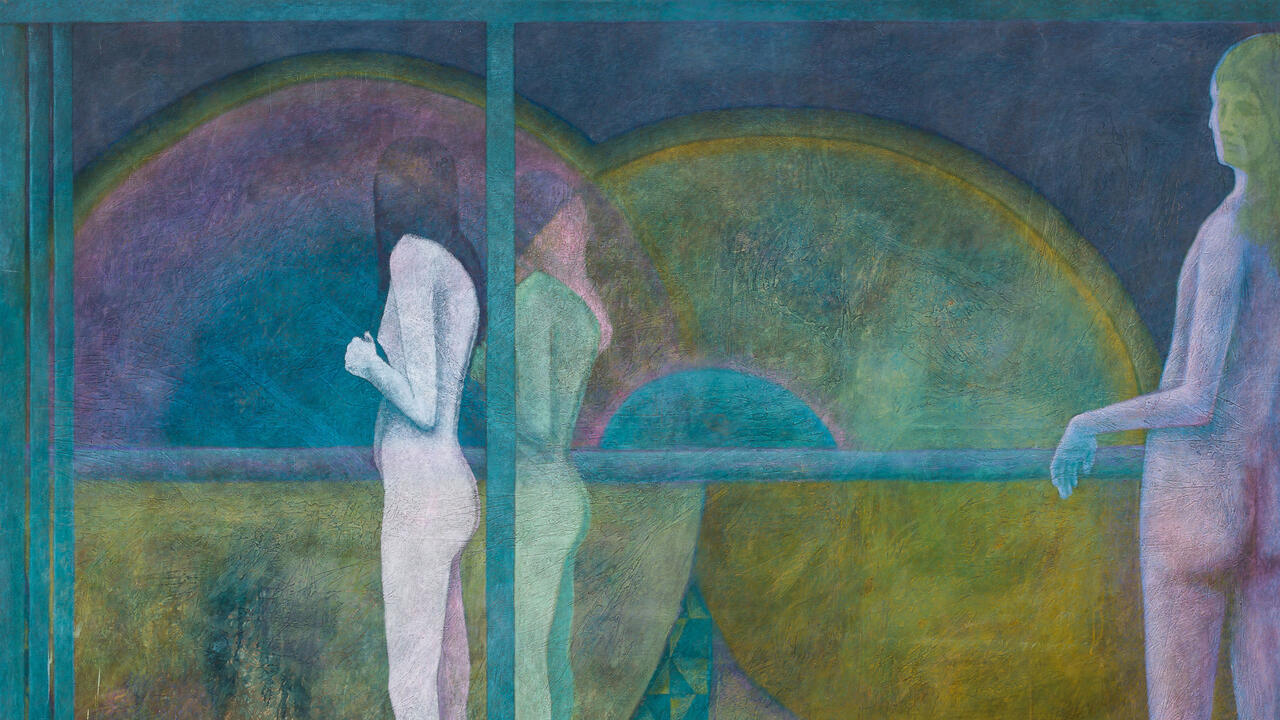Death Becomes Them
Recent years have seen a rise in panel discussions about the demise of art criticism - while the birth of the curator-critic has passed largely unremarked
Recent years have seen a rise in panel discussions about the demise of art criticism - while the birth of the curator-critic has passed largely unremarked

Art criticism is a macabre business. Like cool hunters, critics are not least on the lookout for emerging trends – and are all too happy to use the newest one to kill off the last. Once they sign the death certificate (for a medium, a movement, an epoch) the art historians take over, dissecting and embalming it. Alas, death is the only way to get a shot at immortality.
Critic Anton Ego in Ratatouille (2007)
These days, critics are asked to confirm a demise that comes closer to home. Panel discussions announced in postings to my mailbox ask questions such as: ‘Is criticism still relevant?’, ‘Has the curator replaced the critic?’ or ‘Is the collector the new critic?’. We critics deserve a taste of our own poison. But getting an invitation to one of these panels is like being asked if you’re dead. And in fact, magazine rankings of top players in the art world almost never list critics. In the popular press, spectacular auction prices trump critics’ opinions. You never read: ‘Koons breaks own record despite Saltz bashing’.
Ironically, panel discussions about the death of the critic usually don’t invite the participation of any rivals. Take ‘Criticizing Art Criticism’ at the last Art Basel Miami Beach. Nice idea, but who was involved? Guardian newspaper critic Adrian Searle with fellow critics Holger Liebs, Raphael Rubinstein, Dave Hickey, Elisa Turner and artist-critic Liam Gillick; curator-critic Daniel Birnbaum was the moderator. Far from staging a fair trial (let alone a lively debate between sparring opponents), such panels cast the critic as victim, suspect, jury and judge all rolled into one. Left uncontested, criticism appears more powerful, but so do its opponents, whose positions are not expressed and thus also remain uncontested.
My own near-death experiences are strikingly similar. ‘Shaping Public Discourse: Daily Art Criticism’ was a panel held at Utrecht’s BAK in December 2007, on which I sat with Swiss critic Samuel Herzog and Dutch critic Rutger Pontzen; no one represented ‘the research-based, collaborative and discursive practices … that call for a different sort of critical engagement’ described by the event’s blurb. My first trial was the symposium ‘Art Criticism for Whom?’ held at Frankfurt’s art academy, the Städelschule, in May 2006. The answers were given by critics and moderated by Birnbaum as the Rector of the Städelschule and Director of Portikus, the city’s renowned art space.
In his speech, Birnbaum declared that the heyday of Clement Greenberg was over. Greenberg is usually mentioned as the epitome that subsequent generations of critics have failed to reinvent. But Greenberg, as infamous for his opinions as his conflicting interests, made his mark first and foremost as a critic, even though he did occasionally curate influential exhibitions. Ultimately, what all these panels demonstrate is that we are mourning – or celebrating – the death of the critic who did little else but criticize. At the same time, they fail to address the birth of a powerful crossover in the form of the curator-critic.
The conflicts of interests that can occur when one person does both tasks was made recently evident in the letters section of Artforum. In January’s issue, Robert Storr responded to negative reviews of his 52nd Venice Biennale with an 8,000 word piece, only to be rebuffed in the February issue by his curator-critics Jessica Morgan, Francesco Bonami and Okwui Enwezor.1 While describing their reviews as an ‘attack’, Storr suggested that Morgan used her piece to audition for the job as curator of the Venice Biennale – a claim that could never be made of a critic who does not curate. Or consider Jens Hoffmann’s assessment of the ‘curatorial tragedies’ of Venice and documenta 12 in Canadian Art.2 After his crit, Hoffmann outlined his own ‘amazing model’ for Venice. Is that a critical assessment or a curatorial proposal? Whatever the answer, the question would have never arisen in Greenberg’s heyday.
In 2005 the then art critic Marc Spiegler, in his article ‘Do Art Critics Still Matter’ published in The Art Newspaper, wrote one of the most influential obituaries of the critic in recent years. In it, Spiegler advanced what now appears as an odd, if not ironic, argument: that the curator was becoming more influential than the critic – a stance which seemed to deny the very existence of the curator-critic.3 The key quote came from Stockholm-based Power Ekroth, who is herself, paradoxically, a curator-critic: ‘The curator builds up a career by becoming the new stronghold for validation of taste. The curator is also closer to the artist, because where the critic is trying to be “objective” the curator is clearly subjective.’4 Spiegler is now Director of Strategy and Development for Art Basel – an appointment that has put one of the most active market observers into the active service of the market. In Paris, the case of Jérôme Sans and Nicolas Bourriaud – critics who became the founding co-directors of the Palais de Tokyo from 1999 to 2006 – is just as telling. Their passage from criticism to freelance curating to institutional positions was previously unheard of in France, where most directors are trained at the prestigious Institut national du patrimoine.
My point is not to denounce Birnbaum, Bourriaud et al. as ‘mere critics’ who managed to usurp institutional curatorial positions. Nonetheless, the fact that, since the 1990s, curating exhibitions and writing about them are no longer mutually exclusive activities is a phenomenon still largely unexplored. Today it’s near impossible to find a critic who doesn’t curate and to name a curator who doesn’t publish. Harald Szeemann is usually mentioned as a pioneer of freelance curating, yet in comparison with today’s critic-curators, he walked in the opposite direction: he was the director of an institution early in his career, ended up as a freelance curator and was never really considered a critic.
Since the curator-critic who works full-time for an institution while continuring to write freelance is unlikely to disappear in the near future, maybe it’s time to revise our definition of criticism. If exhibitions are reviewed by fellow curators such as Hoffmann then why shouldn’t the evaluation include the insider perspective of a practitioner of curating? Traditional critics wrote ostensibly for the general public; curator-critics demonstrate that professionals are part of that audience.
The true ancestor of the critic-curator may well be not Szeemann but gallerist and curator Seth Siegelaub, who, working with a number of Conceptual artists, transformed the printed page into a multifunctional mobile unit that united exhibition, artwork and catalogue. Many artists now consider the published page a viable format for exhibiting their work, and the development of the critic-curator may be an inevitable extension of the white cube on paper. Wherever you end up working as a curator, continuing to write as a critic allows you to reach and maintain your international reading public – and heighten your visibility.
Another explanation for the rise of the critic-curator lies in the spread of critical theory from the 1980s onwards – just as curatorial training programs emerged to challenge the traditional education in art history. If art works increasingly needed explanatory texts that provided a background beyond that of art history, who would be better suited than critics – with an eye for both writing and art – not only to curate this kind of work, but also to convey it to its audience? Perhaps relational aesthetics – with its emphasis on audience involvement – needed curator-critic hybrids with expert knowledge in public media and public relations: critical debate hardened – or blossomed – into institutionalized policies. In the end, these arguments may be nothing more than ghost stories. Yet telling them is less scary and more amusing than wondering for whom the bell tolls.
1 See ‘Letters. Venice Revisited. Robert Storr Responds to His Critics’, Artforum, January 2008, p. 48-60. And ‘Letters. C’est Triste Venise. Jessica Morgan, Francesco Bonami and Okwui Enwezor Reply to Robert Storr’, Artforum, February 2008, p. 50–56
2 Jens Hoffmann, ‘To Curate or Not to Curate is the Question After 2007’s Disappointing Blockbusters’, Canadian Art, 15 September 2007, www.tinyurl.com/203l23
3 Marc Spiegler, ‘Do Art Critics Still Matter? Today’s frenetic art world pushes criticism to the sidelines – and many critics are not helping matters’, The Art Newspaper, April 2005,
www.tinyurl.com/26hnrc
4 ibid











